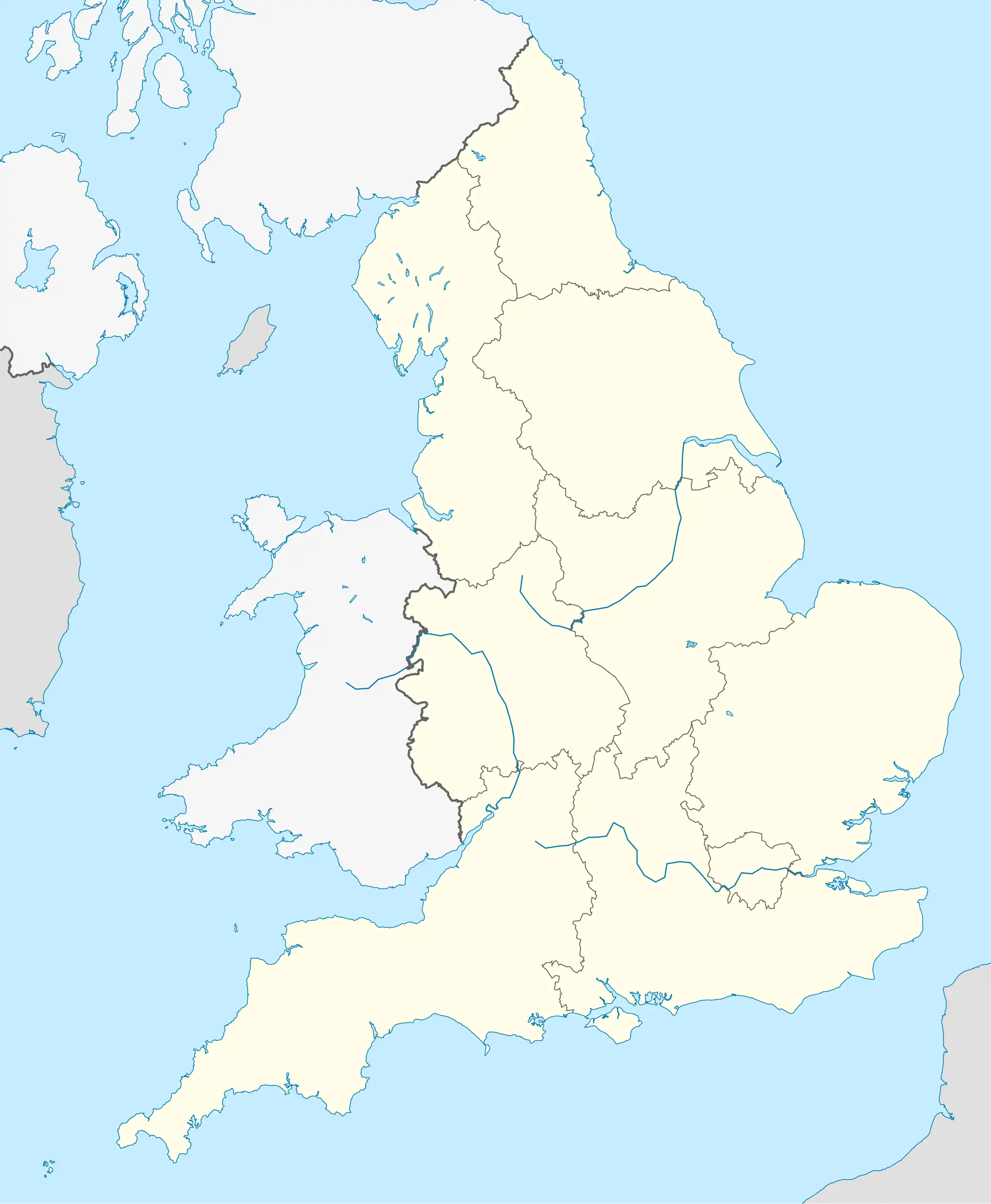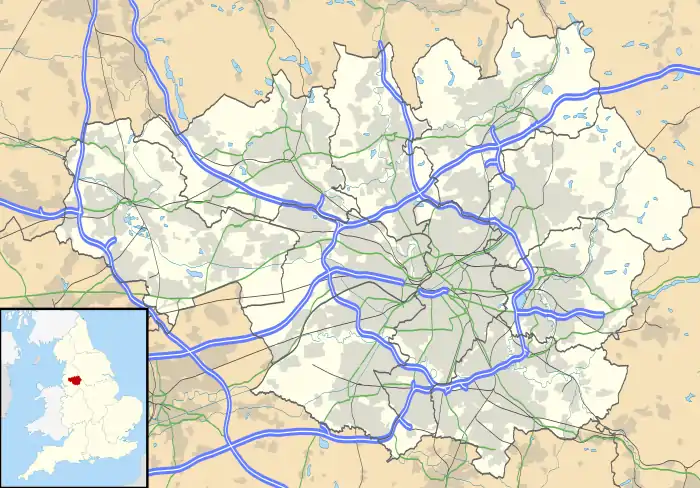EFL League Two
The English Football League Two (often referred to as League Two for short or Sky Bet League Two for sponsorship reasons) is the third and lowest division of the English Football League (EFL) and fourth-highest division overall in the English football league system.
 | |
| Founded | 2004 1992–2004 (as Division Three) 1958–1992 (as Division Four) |
|---|---|
| Country | England (23 teams) |
| Other club(s) from | Wales (1 team) |
| Number of teams | 24 |
| Level on pyramid | 4 |
| Promotion to | League One |
| Relegation to | National League |
| Domestic cup(s) | FA Cup |
| League cup(s) | EFL Cup EFL Trophy |
| International cup(s) | UEFA Europa League (via FA Cup) UEFA Europa Conference League (via EFL Cup) |
| Current champions | Swindon Town (2019–20) |
| Most championships | Chesterfield Swindon Town (2 titles each) |
| TV partners | List of Broadcasters |
| Website | League Two |
| Current: 2020–21 EFL League Two | |
Football League Two was introduced for the 2004–05 season. It was previously known as the Football League Third Division.[1] Before the advent of the Premier League in 1992, the fourth-highest division was known as the Football League Fourth Division.
As of the 2020–21 season, Morecambe hold the longest tenure in League Two, having last being outside the division in the 2006–07 season when they were promoted from the league then known as the Conference National (now the National League). There are currently three former Premier League clubs competing in League Two: Bradford City, Oldham Athletic, and Bolton Wanderers.
Structure
There are 24 clubs in League Two. Each club plays each of the other clubs twice (once at home, once away) and is awarded three points for a win, one for a draw and no points for a loss. From these points a league table is constructed.
At the end of each season the top three teams, together with the winner of the play-offs between the teams which finished in the fourth to seventh positions, are promoted to EFL League One and are replaced by the four teams that finished at the bottom of that division.
Similarly, the two teams that finished at the bottom of League Two are relegated to the National League and are replaced by the team that finished first and the team that won the second through seventh place play-off in that division. Technically a team can be reprieved from relegation if the team replacing them does not have a ground suitable for League football, but in practice this is a non-factor because every team currently in the National League has a ground that meets the League criteria (and even if they did not, a ground-sharing arrangement with another team could be made until their stadium was upgraded). The other way that a team can be spared relegation is if another team either resigns or is expelled from the EFL.
Final league position is determined, in order, by points obtained, goal difference, goals scored, a mini-league of the results between two or more teams ranked using the previous three criteria, and finally a series of one or more play-off matches.
There is a mandatory wage cap in this division that limits spending on players' wages to 100% of club turnover.
Current members

The following 24 clubs are competing in League Two during the 2020–21 season.[2]
- Harrogate Town will begin the season at the Keepmoat Stadium in Doncaster.[lower-alpha 3]
- Stevenage originally finished 24th in the 2019-20 EFL League Two table, but after numerous points deductions handed to Macclesfield Town, Macclesfield slipped to 24th and Stevenage were granted a reprieve from relegation.[3]
- "Harrogate Town: Doncaster Rovers groundshare for EFL newcomers". BBC Sport. 4 August 2020. Retrieved 4 August 2020.
Teams promoted from League Two
Play-off results
Relegated teams
Top scorers
| Season | Top scorer(s) | Club(s) | Goals |
|---|---|---|---|
| 2004–05 | Yeovil Town | 27 | |
| 2005–06 | Carlisle United | 23 | |
| 2006–07 | Hartlepool United | 21 | |
| Milton Keynes Dons | |||
| 2007–08 | Peterborough United | 29 | |
| 2008–09 | Shrewsbury Town | 20 | |
| Chesterfield | |||
| 2009–10 | Notts County | 30 | |
| 2010–11 | Crewe Alexandra | 28 | |
| 2011–12 | Barnet | 18 | |
| AFC Wimbledon | |||
| 2012–13 | Port Vale | 31 | |
| 2013–14 | Scunthorpe United | 23 | |
| 2014–15 | Portsmouth | 21 | |
| 2015–16 | Bristol Rovers | 27 | |
| 2016–17 | Doncaster Rovers | 26 | |
| 2017–18 | Coventry City | 25 | |
| Accrington Stanley | |||
| 2018–19 | Tranmere Rovers | 29 | |
| 2019–20 | Swindon Town | 25[c] |
c In 36 games. Season truncated due to coronavirus
See also
References and notes
- "The Football League - About Us - History - Timeline - TIMELINE". Archived from the original on 28 September 2012. Retrieved 18 August 2011.CS1 maint: bot: original URL status unknown (link)
- "Sky Bet League Two Clubs".
- "Macclesfield Town relegated after EFL wins points appeal, Stevenage reprieved". BBC Sport. 11 August 2020. Retrieved 11 August 2020.
- The teams listed for this season were ranked using points per game following the curtailment of the season due to the COVID-19 pandemic in the United Kingdom.
- Luton were deducted 30 points for financial irregularities
External links
| Wikimedia Commons has media related to Football League Two. |
